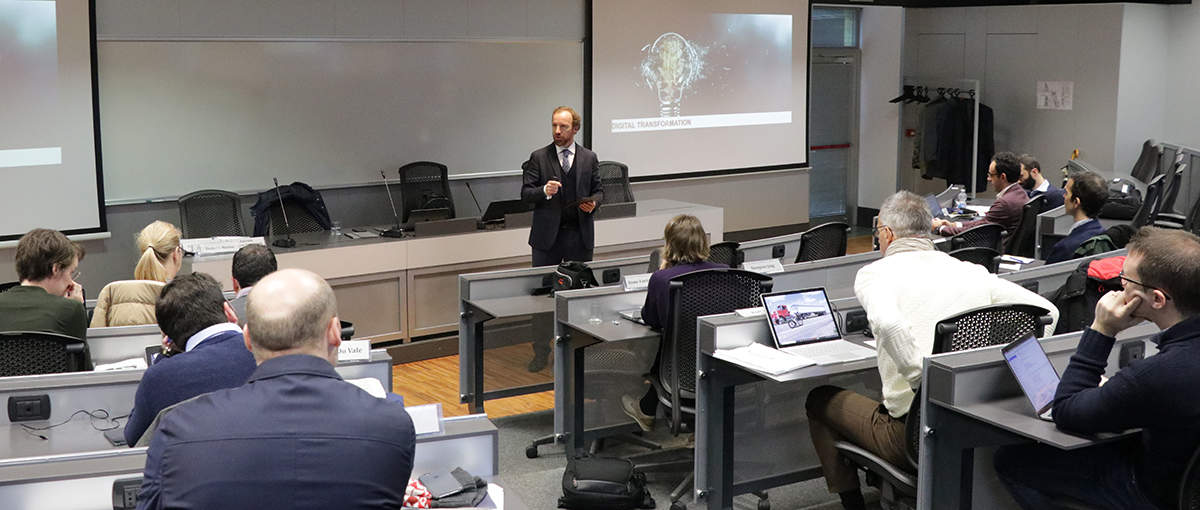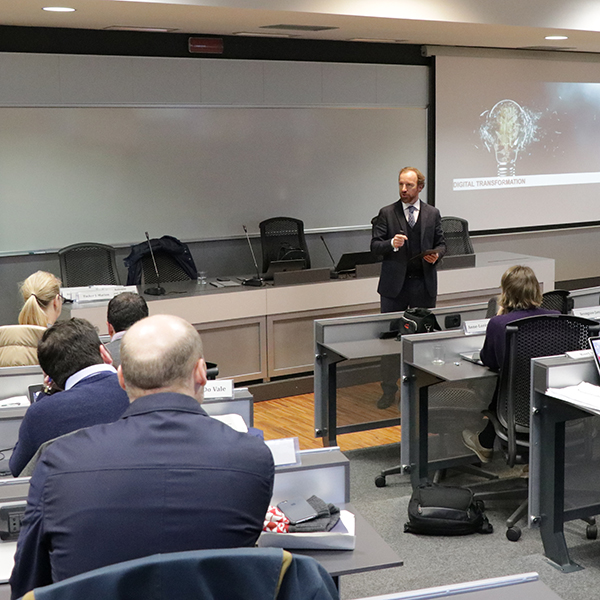
In an increasingly digital context, the role of the manager will resemble that of an architect: a more charismatic and less operational figure, capable of developing visions and building relations
Digital transformation and management of innovation: what is happening in these two areas, so important for the future of companies? It was the theme of the workshop entitled Digital transformation and Innovation Management: Opening up the Black Box, held 19 and 20 December at Politecnico di Milano. Among the academics who took part, there was also Professor Carmelo Cennamo, of the Copenhagen Business School. «In an increasingly digital context, the manager’s role will increasingly resemble that of the architect» says Cennamo. «In an economy based on digital platforms, they will have the task of designing new relational architectures with other companies. They will have to evaluate whether it makes sense for the company to use their own platform or to rely on third parties, to understand what role and what strategic position their company must take on within this structure. It is an evolution that brings the figure of the manager closer to that of designer, making it less operational. But the manager remains a charismatic figure, able to develop visions and imagine new configurations in the value system».
Modularity, complementarity, flexibility
The key to this change is digital platforms. «They are platform-based ecosystems that function via relational structures, where companies are interdependent and share a set of related activities», explains Cennamo. Digital platforms have two main characteristics: «The first is modularity. It means that the various activities within a platform can be complementary, but nonetheless remain independent. The second element is indeed complementarity. Coordination is thus encouraged, which takes place because of the peculiarities of this system. It’s a world where classical contractual relationships disappear, in the name of greater flexibility».
Large and small face the test of disruption
A change of this nature has significant repercussions on all companies, big and small. «The potential is absolutely disruptive» says Cennamo. «We are witnessing a progressive disintermediation, which brings together previously disconnected actors. Platforms help to put an offer directly on the market, thus creating a liquid market that easily overcomes the limits of the traditional one». For small businesses the advantage is considerable: «It’s possible to go past local markets, reaching an immensely broader range of potential customers». For larges companies, especially incumbents who have always offered premium type services, things are a bit different. «Let’s take the example of high-end hotels, which enjoyed privileged relationships with their customers. For them, a more liquid market also meant a more transparent and competitive market. And this entailed a certain difficulty. But the same goes for banks, which look with apprehension at the advent of fintech companies. With digital platforms, those who had no assets managed to find value».
The importance of “vision” for the manager
From the digital platform to cognitive enterprises, the distance isn’t far. «The company has always been a structure that received inputs and sent out outputs, often material. Today the raw material to be processed is data, fundamental for those who want to exploit technologies like big data, machine learning, artificial intelligence… The evolution is this. However, there are two risks: on one hand, small companies may find themselves with a volume of data that is too small, insufficient for the technologies we have mentioned. They could thus be forced to rely on someone else, a bigger player. On the other hand, managers must not blindly rely on data processed by artificial intelligence. Because you also must know how to interpret this data, and to read it critically. A real manager will never be able to do without their capabilities of strategic vision», concludes Cennamo.






